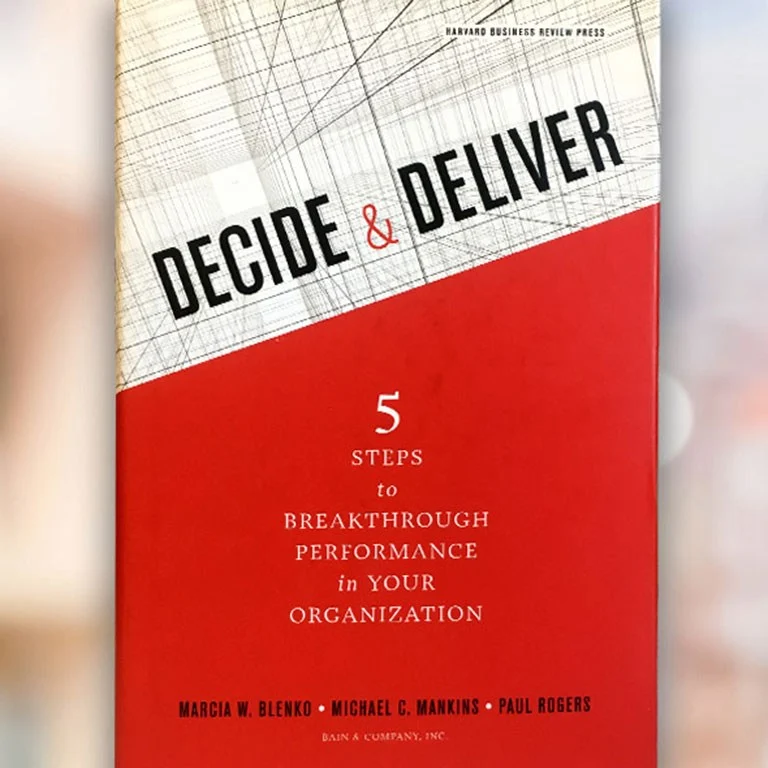Forbes.com
When companies find themselves floundering over decisions, the answer is a 'decision reset'—in effect, setting up their decisions for success, by answering four simple questions: What? Who? How? When?
Our previous post addressed the question "What decision needs to be made and executed?" Yet even clear, well framed decisions can be derailed by uncertainty over roles and responsibilities.
Bain & Company uses a time-tested tool known as RAPID® to clarify who is accountable for what. RAPID is an acronym (we've taken some liberties with the sequence) for Input, Recommend, Agree, Decide and Perform—the primary roles in any decision.
• Input. People with input responsibility provide the data that is the basis of any good decision. They also offer their own judgments about the proposals. They have the right to provide input to a recommendation but not to veto it.
• Recommend. The person in this role leads the process and is responsible for obtaining and evaluating the relevant facts and proposing alternative courses of action.
• Agree. People who must agree to a recommendation are those who must sign off on it before it can move forward—executives with legal or regulatory compliance responsibilities, for instance.
• Decide. Eventually, one person will decide. (RAPID users tend to say that this person "has the D.") Giving the D to one individual ensures single-point accountability.
• Perform. The perform role goes to the individual or group that will execute the decision and that is responsible for doing so promptly and effectively.
As we described in our last post, ECG, Intel's Embedded and Communications Group, had a hard time deciding what should go on a roadmap of products slated for development because many people wanted a say: the general manager and marketing director responsible for each product area—industrial, automotive and communications applications—and ECG's strategic-planning manager, who looked across all three areas.
Along with his team, Doug Davis, then EGC's general manager, decided to give the D for the product roadmap decision to the ECG strategic-planning manager, who was best placed to make trade-offs across the unit's product areas. They assigned an input role to the product managers.
Implementation wasn't perfectly smooth. Some of the product general managers, for example, weren't happy with just offering input and would second-guess the strategic-planning manager's decisions. But Davis reinforced the new roles, and soon the decisions were going smoothly—and a lot more quickly. "We're not thrashing around on these things as much," he says.
This post was written by Marcia Blenko, Michael Mankins and Paul Rogers, co-authors of Decide & Deliver, and partners in the Organization practice at Bain & Company.

Decide & Deliver
Learn more about the five steps that leading organizations use to make great decisions quickly and execute them effectively.